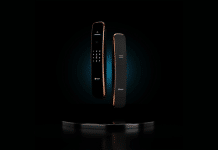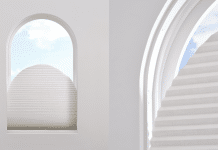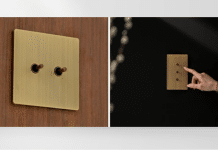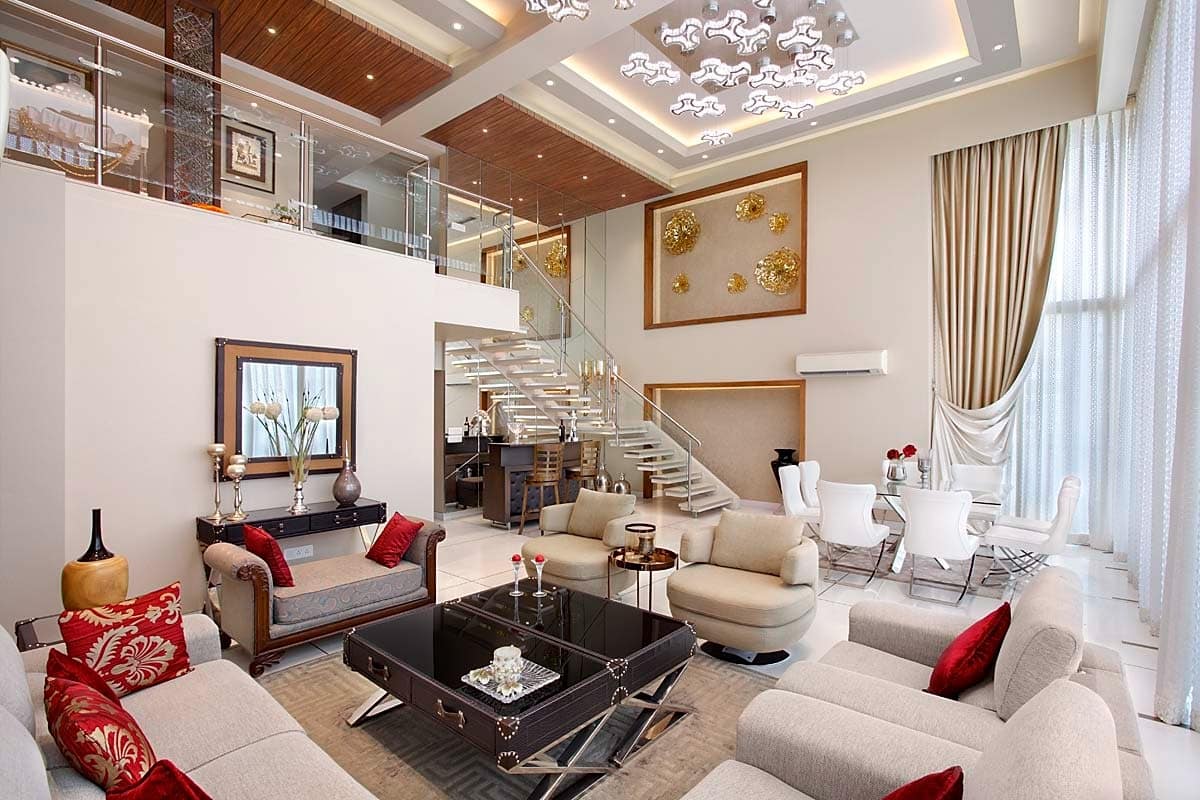
Mahesh Punjabi Associates is a leading Mumbai-based interior designing firm working with both residential and commercial projects. The team at Mahesh Punjabi Associates has worked on elaborately designed bespoke high-end residences across UAE, Africa and India. The studio is based out of Mumbai and offers a comprehensive range of interior design services. The company is now also operating in Dubai, South Africa and has ambitious plans of expanding its footprint in the Gulf region.
In an exclusive chat with Smart Home World, Mahesh Punjabi, CEO, Mahesh Punjabi Associates talks about how the home automation segment is finding traction in the Tier-2 and Tier-3 cities, his plans to adopt an environmentally-conscious approach and the need to leverage technology to simplify everyday use products.
What are your observations or learnings from the previous year?
Because of the circumstances, people spent more time at home. Nobody has enjoyed their homes like last year ever before. A lot more investment went in smart machines, smart equipment, automation, products like Alexa etc. The surge in the amount of work after the ease of lockdown is proof of that.
Which segment product has more traction now in comparison to the pre-pandemic period?
There is definitely a spike in the AV segment. We can attribute it to the change in the way entertainment moved into the house with OTT platforms gaining popularity and the latest movies and shows being available at the click of a button.
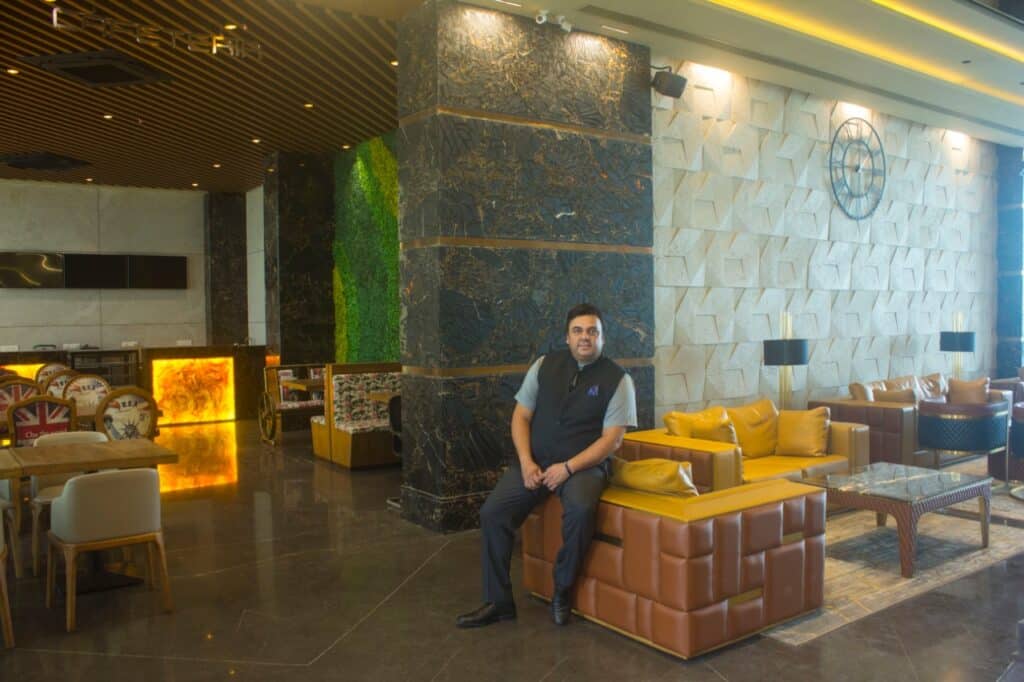
Is there a segment shift in home automation, which was probably limited to the upper class earlier?
There is a huge segment shift. People who were earlier averse to the idea of automation are now investing only in automation. Change happened because people started admiring the value of life and the quality of life.
Home automation earlier was Tier-1 city-centric. Has the demand moved beyond the geographies of the large cities?
Yes, it has penetrated to Tier-2 and Tier-3 cities. Just like the imported cars that which have lesser value in cities, find a lot of value in the smaller towns. And they opt for the best-in-class. Similarly, home automation is something people have not seen. So there is a surge in demand from these areas. The bigger city clients may have budget restrictions, but the Tier-2 and Tier-3 clients are ready to spend more to get the best product.
What are your expectations from the Indian home automation market this year?
The expectation is moving towards the kitchen; the kitchen is a segment that is totally unexplored as far as India is concerned. Smart appliances are totally a novelty and the penetration is very low. I don’t think India will have smart appliances like the refrigerator to tell you the broccoli or the milk is over. This is because of the prevalent affordable domestic help segment that caters to everything. So I don’t think anything as such is going to find a market in India anytime soon.
Can you highlight the key challenges in home automation implementation?
To my surprise, in the last couple of projects that I worked, unfortunately, I had to remove the automation. The products were not dynamic enough, the vendor could not support them. In fact, after a certain period, the vendor discontinued the distributorship. Then it came to a point that the client was forced to shell out sizeable amounts when calling for tech support. So the client finally got rid of automation and reversed to the Tiktok switches.
How is 2021 looking for you?
Things are looking better now. I see people being extremely green-conscious, environmentally conscious. So, the stress is a lot on energy savings.
Do you have any specific plans for the company in the year ahead?
We are looking at adopting more responsible and more mature approach for tomorrow. There is a growing consciousness among the younger generation, with them opting for products like e-vehicles and smart products that are environment-friendly.
The concept of green buildings is also fast catching up. What are your views?
The concept can be very good, but we need to have the infrastructure to support it. The timeline to complete a building is set; however, the supply chain doesn’t support that. So there should support infrastructure for green concept to take off the way it should.
Is there is a shortfall in the smart home solutions segment?
Not at all. Technology is ever-evolving, our imagination is restrictive, but technology’s imagination is far faster. It’s like a mobile phone. There are so many features in it, but you barely use 5-7% of it.
There is a growing popularity in the voice control systems. Compare them with the normal controls.
Normal control systems are far better for Indian conditions because of the noise pollution levels in our country. Again, we are rarely isolated in a room. So, voice-operated systems are yet to be popular.
What is the next technology in the offing for smart homes?
Offering simplicity to everyday use products should be the next big move. For instance, sensor lights below the bed, sensor lights in the bathroom, locks not opening if operated by an unauthorised person.





